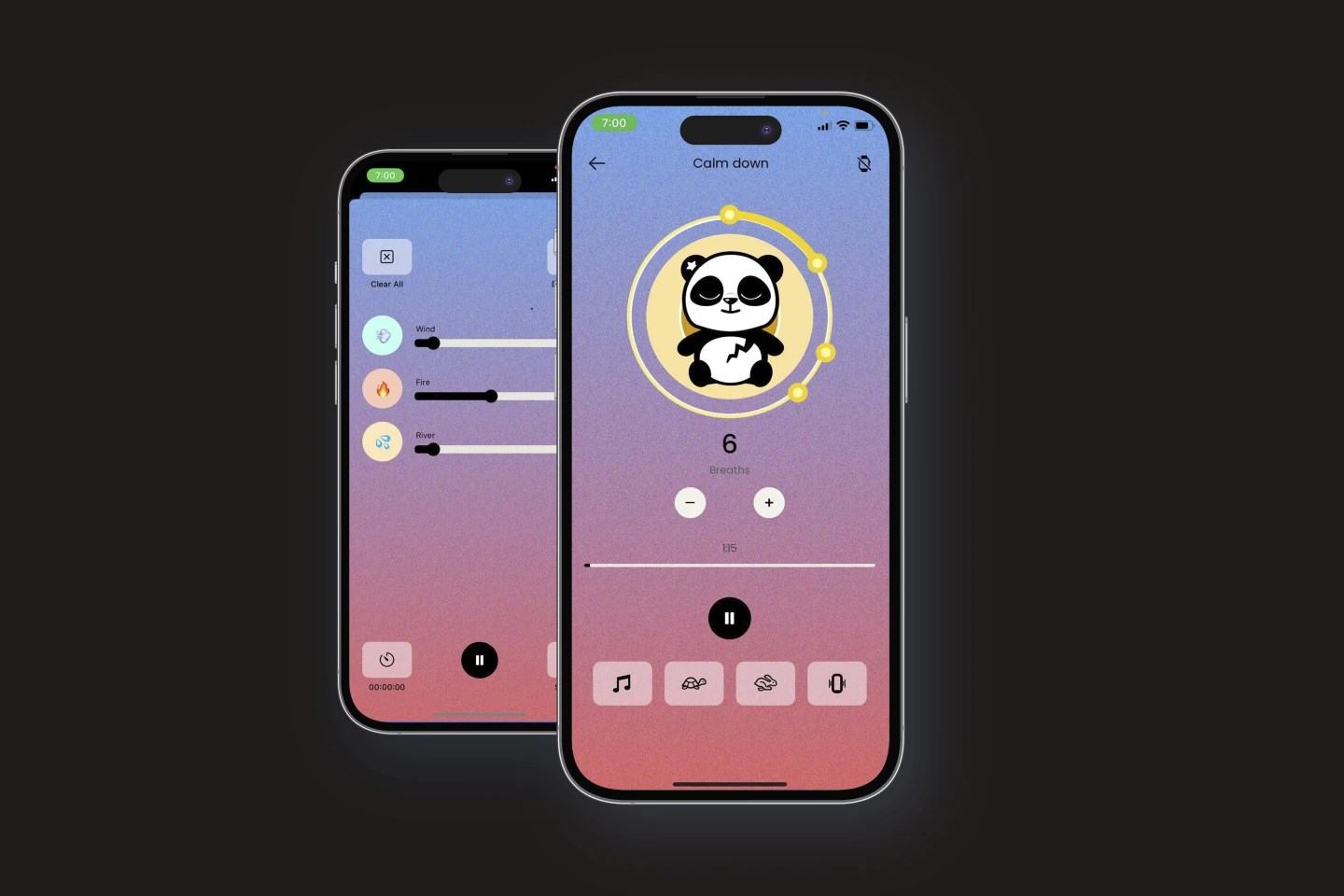WASHINGTON (AP) — Download the mental health chatbot Earkick and you’re greeted by a bandana-wearing panda who could easily fit into a kids’ cartoon.
Start talking or typing about anxiety and the app generates the kind of comforting, sympathetic statements therapists are trained to deliver. The panda might then suggest a guided breathing exercise, ways to reframe negative thoughts or stress-management tips.
It’s all part of a well-established approach used by therapists, but please don’t call it therapy, says Earkick co-founder Karin Andrea Stephan.
“When people call us a form of therapy, that’s OK, but we don’t want to go out there and tout it,” says Stephan, a former professional musician and self-described serial entrepreneur. “We just don’t feel comfortable with that.”
The question of whether these artificial intelligence-based chatbots are delivering a mental health service or are simply a new form of self-help is critical to the emerging digital health industry — and its survival.
Earkick is one of hundreds of free apps that are being pitched to address a crisis in mental health among teens and young adults. Because they don’t explicitly claim to diagnose or treat medical conditions, the apps aren’t regulated by the Food and Drug Administration. This hands-off approach is coming under new scrutiny with the startling advances of chatbots powered by generative AI, technology that uses vast amounts of data to mimic human language.
The industry argument is simple: Chatbots are free, available 24/7 and don’t come with the stigma that keeps some people away from therapy.
But there’s limited data that they actually improve mental health. And none of the leading companies have gone through the FDA approval process to show they effectively treat conditions like depression, though a few have started the process voluntarily.
“There’s no regulatory body overseeing them, so consumers…
Read the full article here



